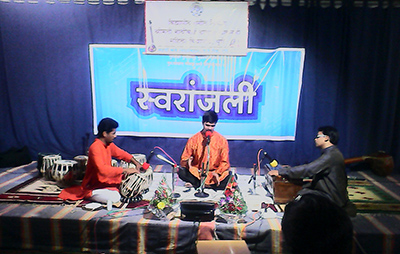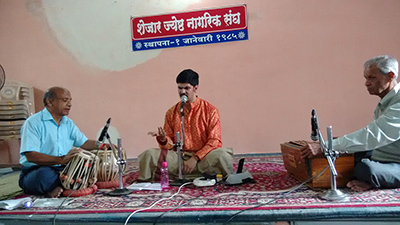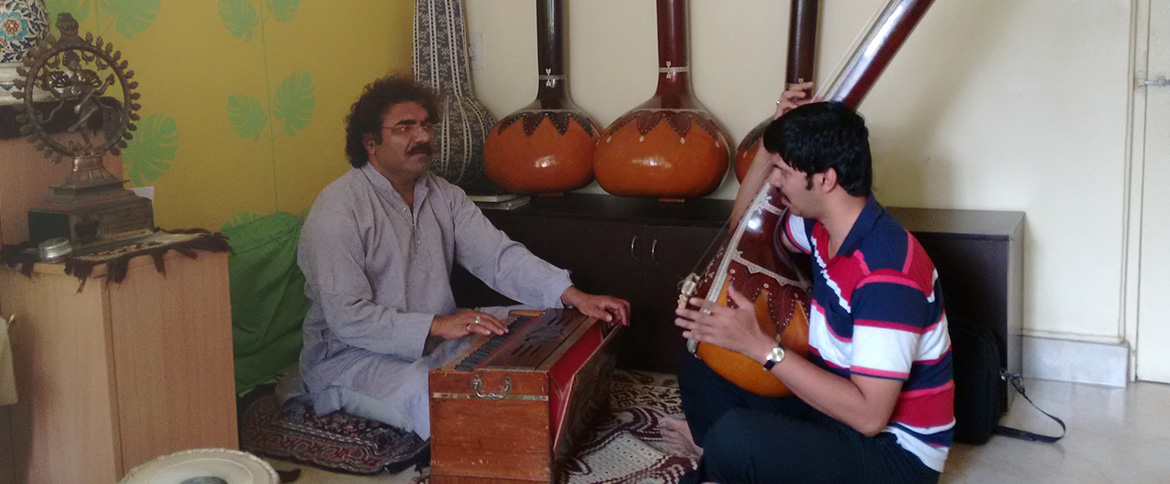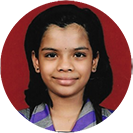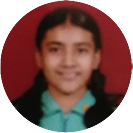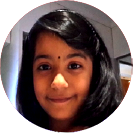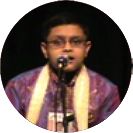About Shrinidhi Godbole
Shrinidhi is a disciple of Dr. Mohankumar Darekar a leading artist in this field. He has acquired the knowledge of performing from Dr. Darekar.
So far he has performed at Ratnagiri, Chinchwad, Nagpur, Nasik, Jalgaon, Devgad, Pune and Garudeshwar near Baroda.
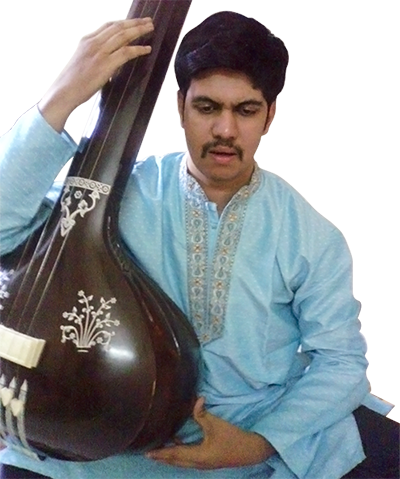
Hindustani Classical Vocalist
Now a days Shrinidhi conducts classes of Hindustani Classical Vocal Music and conducts online tution classes also, along with singing in music concerts. Shrinidhi is a all India Radio Artist for Hindustani Classical Vocal music.
Shrinidhi's musical journey started at the age of 4 years by playing harmonium without any guidance. This was a miracle and was a divine gift to him. At the age of six years he started learning Hindustani vocal classical music and he completed Sangeet Visharad , Sangeet Alankar of Akhil Bharatiya Gandharva Mahavidyalaya, Miraj, and decided to make career in music field. Hence he further completed the M.A. in Hindustani classical vocal music with ‘A’ grade from Lalitkala Kendra of University of Pune.
Shrinidhi has his own style of singing. His Khayal gayaki constitutes a systematic Raag Badhat, intricate and graceful taanas, meends, gamak and layakari. Along with Khayals, he is capable of delivering the various forms of music viz. Abhang, Bhajans, Gazals, Thumri, Dadra etc. to the admiration of the audiences due to his voice qualities.























